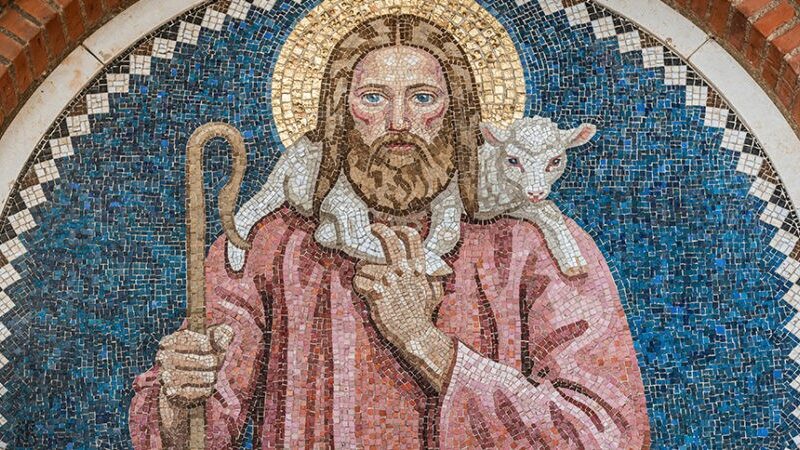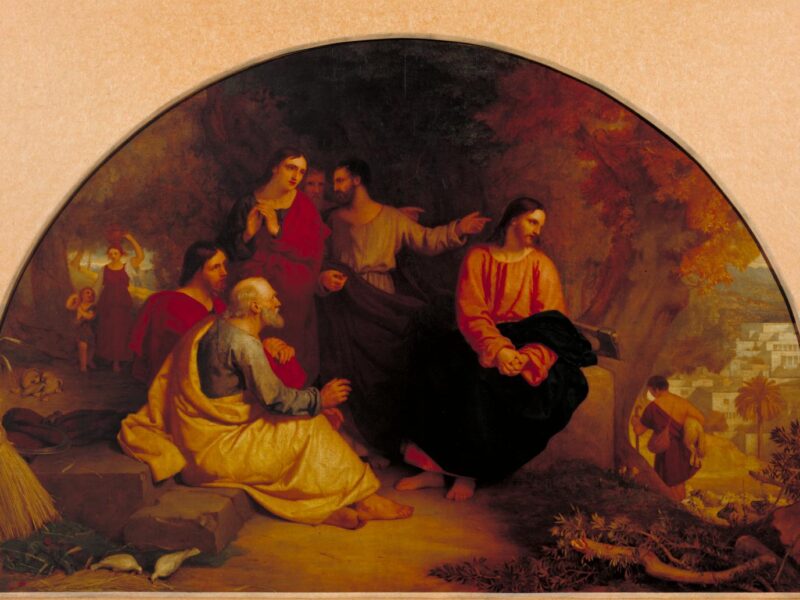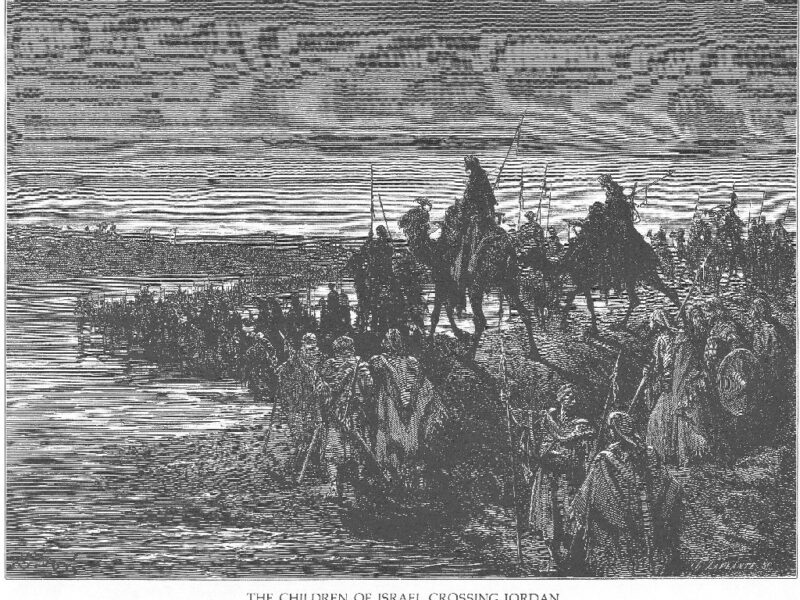
A-Z of the Mass: Kneeling
 We kneel during the Eucharistic prayer as this is the most important part of the Mass; it is when Our Lord becomes present in the Blessed Sacrament. Many would argue that this is an innovation of the medieval ages, when people would adopt similar postures in the presence of their social superiors. This might be the case, but if one is willing to kneel before a king is it not acceptable to kneel before the King of kings?
We kneel during the Eucharistic prayer as this is the most important part of the Mass; it is when Our Lord becomes present in the Blessed Sacrament. Many would argue that this is an innovation of the medieval ages, when people would adopt similar postures in the presence of their social superiors. This might be the case, but if one is willing to kneel before a king is it not acceptable to kneel before the King of kings?
Kneeling is also a posture of intimacy. When Christ was suffering the agony in the garden he shared his intimate prayer with the Father on his knees.And it is also a gesture of trust. We are vulnerable and at a disadvantage physically but we can trust in God, and the Blessed Sacrament is the embodiment of that trust.
The Catholic Encyclopedia includes a very interesting article on kneeling. You can read it on the New Advent website, here.


